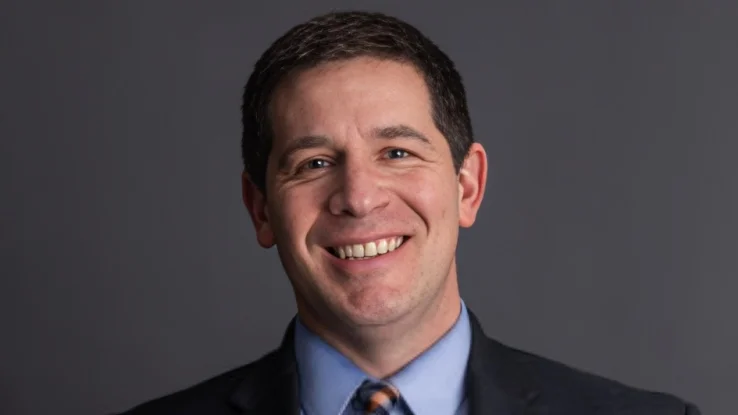
The House Energy and Commerce Committee has initiated an investigation into the federal drug subsidy program known as "Medicaid 340B." The probe is timely, as the program has expanded significantly and is believed to be contributing to rising healthcare costs for American families.
Created in 1992, the Medicaid 340B program was designed to help low-income and uninsured patients access prescription drugs at discounted prices. However, the program has grown unchecked and deviated from its original intent. Critics argue that hospitals are now using it to generate profits without passing on savings to patients.
Although there is no direct taxpayer cost on paper, Medicaid 340B has become the second-largest federal prescription drug program by volume, surpassing both Medicare Part B and Medicaid. The investigation aims to address these concerns.
To understand the current state of the program, it's important to look at its history. In 1990, Congress enacted the Medicaid Best Price Rule to save taxpayer money on prescription drugs for low-income Americans through state-run Medicaid programs. This rule required drug manufacturers to sell their products at their "best price" if they wanted to participate in Medicaid. However, this included gifts of free and charitably discounted drugs in the definition of "best price," leading drug companies to lose money on Medicaid.
In response, Congress established the Section 340B Discount Drug Pricing Program. This allowed certain safety-net hospitals and health clinics ("covered entities") to buy drugs at a discount and resell them at a profit. However, the law did not require these entities to pass discounts onto patients but instead use the money for "qualified patients," a term left undefined.
Evidence suggests that most covered entities are not passing discounts onto intended beneficiaries. A comprehensive study found that only 1.4% of eligible patients receive these discounts. Some providers have been accused of diverting 340B drugs illicitly.
The number of covered entities has increased dramatically from 2,140 in 2014 to 12,700 in 2020—a rise of over 600%. This growth includes non-safety net providers lobbying for inclusion or acquiring local safety-net providers to capture profits. This consolidation leads to less competition, higher prices, and increased insurance premiums.
Currently, about 40% of U.S. hospitals are classified as a 340B "covered entity." According to a Milliman analysis from 2022, outpatient medicine costs at a 340B hospital are more than 150% higher than those at non-340B hospitals.
A New York Times exposé highlighted how Bon Secours Mercy Health used Richmond Community Hospital's location in an impoverished neighborhood to generate significant profits through the program while cutting services at that facility.
From $7 billion in sales in 2012, total 340B drug sales grew to $54 billion by 2022. The rapid growth is believed to be driving up Medicare Part B premiums.
There are calls for Congress to reform the program by exempting drugmakers' gifts from the definition of "best price" or revamping it entirely. The goal would be ensuring it serves its original purpose as a safety net without unintended consequences like driving up overall healthcare costs.
Dean Clancy from Americans for Prosperity suggests broader healthcare reforms aimed at making care more affordable and accessible through market-driven solutions.
### Breakline ###